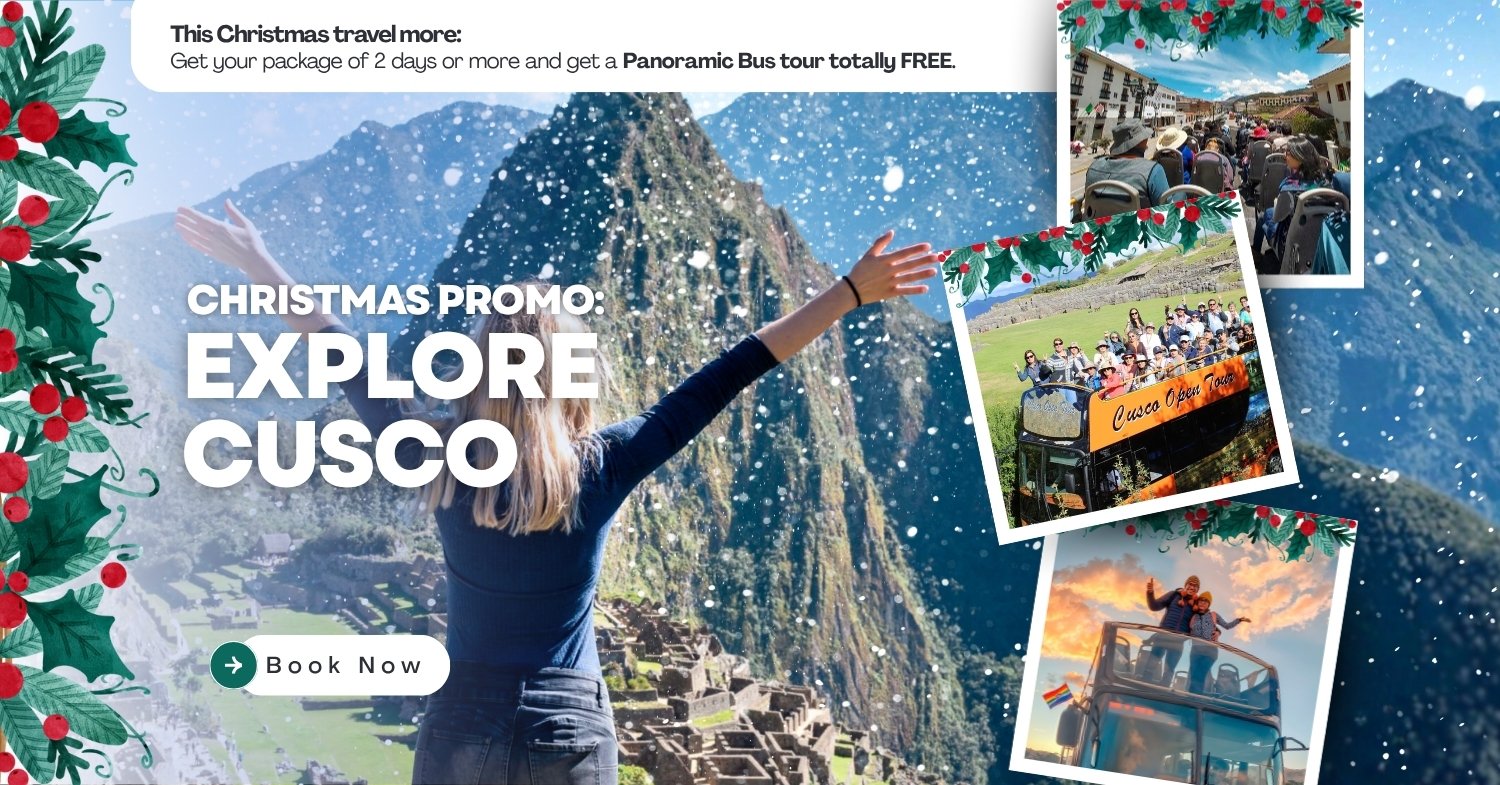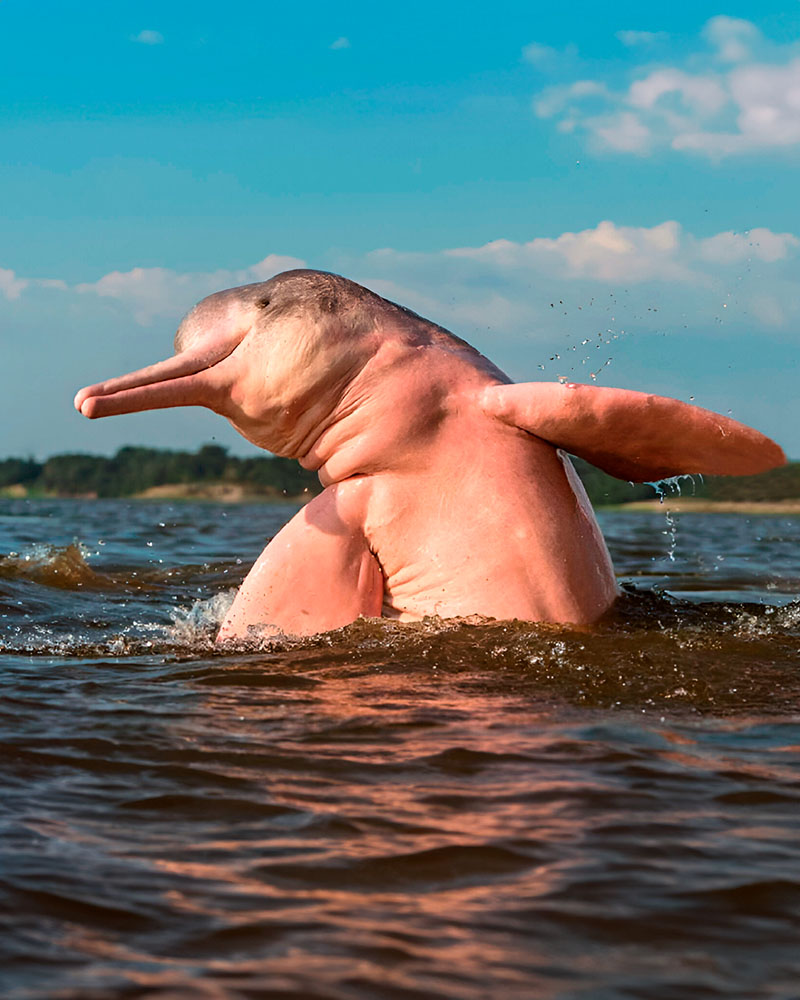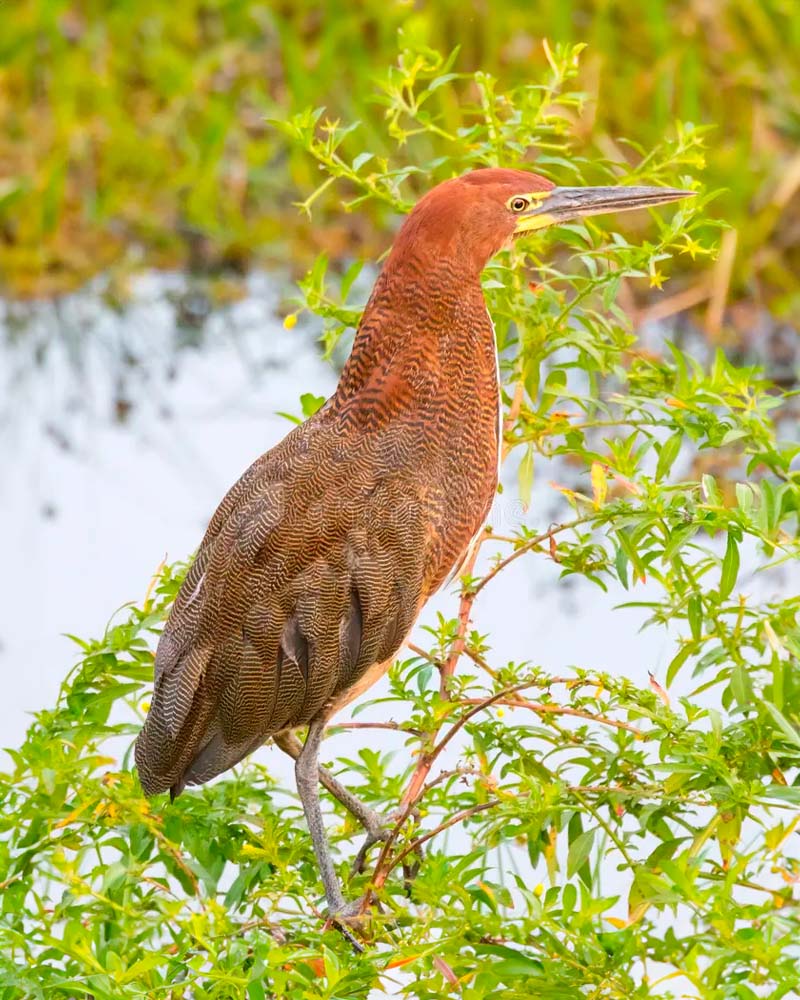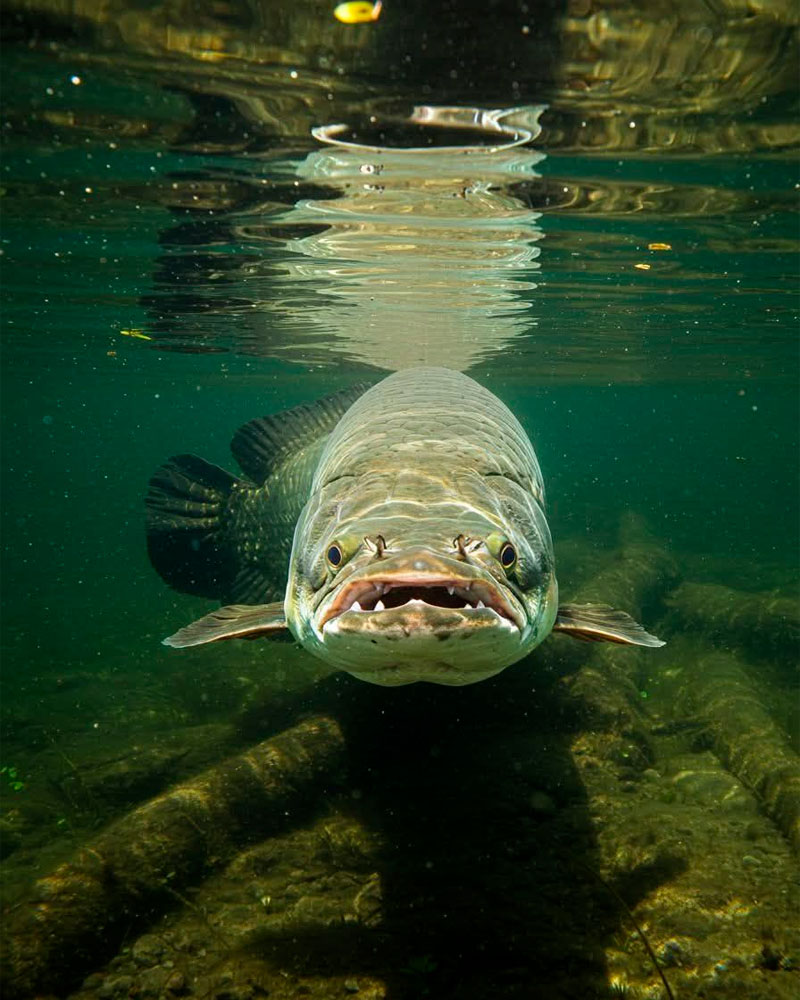

Pacaya Samiria is the second largest protected area in Peru. It is a paradise for nature lovers, with a biodiversity that manifests itself in more than 1,000 species of animals and 965 species of wild plants. This humid, tropical and floodable forest is an autonomous and exemplary ecosystem, which houses lagoons such as the El Dorado lake and native communities that have experiential tourism as one of their main means of subsistence.
The Pacaya Samiria National Reserve is located in the Ucamara depression, where the great Ucayali and Marañon rivers meet, which form its natural limits. The southwestern part is delimited by a strip of low hills that forms the watershed with the Huallaga River.
The Reserve is home to a high biological diversity and an important human population that takes advantage of its natural resources. It includes in its interior the basins of the Pacaya, Samiria and Yanayacu-Pucate rivers.
Although it is mostly a low alluvial and floodable jungle plain, it has some low hills at the Pacaya headwaters.
This topography, added to the alternating hydrological regime of the Amazon of rising and emptying, creates numerous islands, streams and lakes, among which the famous El Dorado lake stands out, in the lower Yanayacu basin, which is the central tourist destination of the Reserve. and a successful example of entrepreneurship in experiential community tourism.
It also protects the largest area of floodplain forest (varzea) in the Amazon. This gigantic wetland led to its designation as one of the first RAMSAR sites in the country, in 1992.
The Pacaya Samiria National Reserve is located in the Peruvian Amazon, within the department of Loreto, in the northeast of the country. Its extension covers territories of four provinces: Loreto, Requena, Ucayali, and Alto Amazonas, making it one of the largest natural areas in Peru and one of the most important in South America.
With an area of more than 2 million hectares, the reserve is made up of a vast network of rivers, lagoons, and flooded forests, which is why it is known as the "jungle of mirrors", due to the reflections that form in its waters. Its location allows access from the city of Iquitos, through the Amazon River and its tributaries, being a key point to delve into the Amazon biodiversity and live experiences in contact with nature and local communities.
More than 1,025 vertebrate species have been recorded in the Reserve, representing 27% of the vertebrate diversity in Peru and 36% of the entire Amazon. Among its most emblematic species are:
The ornithological richness is represented by 449 species of birds, many of them linked to aquatic environments. Among the most notable are:
Regarding reptiles, species of great ecological and cultural importance stand out, such as:
The aquatic ecosystems are fundamental for life in the Reserve, not only for their ecological function, but also for their economic and cultural value for local communities. Among the most representative species are:
The Reserve has 965 species of wild plants and 59 cultivated species. Highlights include the extensive aguajales or aguaje forests (Mauritia flexuosa), which play a key role in the conservation of biodiversity and the local economy, in addition to mixed palm forests that further enrich its plant diversity.
 |  |  |
Pacaya Samiria, classified as floodable tropical humid forest, is a paradise for nature lovers. During your days in the jungle you will feel like a true adventurer touring unparalleled landscapes and navigating the rivers that flow into the Amazon. And the best of all this is the company: a great variety of mysterious animals and striking plants.
The diversity of Pacaya Samiria is exciting: up to 1,000 species of animals and 965 plants have been found in this national reserve. In every corner of Pacaya Samiria you will find something new that will make you fall in love with this place at every step.
Among all these species, the paiche stands out, the largest freshwater fish in the entire Amazon, which is used as one of the main ingredients in the gastronomy of the area. Do not leave Pacaya Samiria without trying a plate of this delicious fish!
This national reserve has countless activities to do: you can either spend an afternoon fishing to get your own food, or go on excursions through rivers inhabited by alligators, take a bath in enigmatic lagoons or sleep under a true blanket of stars.
Although we know that once you arrive at Pacaya Samiria you will want to stay for weeks exploring the deepest corners of the jungle, we are also aware that normally the time tourists have to visit this destination is limited.
Therefore, we are going to tell you the main places that you have to know when you visit this national reserve.
Being such a large area, there are several routes and activities offered. Thus, there are eight areas permitted for tourist use: Tibilo Pastococha, Pinchi - Yanayacu Grande, Bajo y medio Samiria, Yanayacu Pucate - El Dorado, Nauta Caño, Yanallpa Iricahua, Bajo Pacaya and Cochas de Punga.
There are also three main tourist circuits:
The Yanayacu-Pucate basin, from the Veinte de Enero community, near Nauta, to the famous El Dorado lake. It is the area where the largest number of shelters and camping areas are located along the river. The El Dorado lagoon is considered the heart of the Reserve and one of the places with the highest concentration of fauna.
In the lower and middle basin of the Samiria River, visiting the Yarina, Fortuna and Ungurahui lakes. In addition, in San Martín de Tipishca, at the beginning of the basin, you can live with the inhabitants of the Kukama Kukamilla native community, who also offer several circuits to explore, both on foot and in canoes.
In the lower Pacaya basin, where lakes abound and the forest remains flooded for much of the year.
Although the Pacaya Samiria National Reserve is quite far from Iquitos, the best way to get there is through this city in the Peruvian jungle.
To do this, the first thing you have to do is go to Iquitos by plane or boat. These are the only means of transportation you can get there with as this is the largest city in the world with no road access.
Once in Iquitos, you must go to Nauta. In this small port town you will get on a boat where the real adventure begins: for 35 minutes you will travel the waters of the Marañón River, one of the tributaries of the Amazon, in one of those experiences that are recorded in your memory for a lifetime .
As is the case with practically all excursions to the Peruvian jungle, to get to know Pacaya Samiria you must hire a tour and do the entire trip with a specialized guide. This is mandatory since the jungle is a very difficult place to travel, with very similar paths that are difficult to follow without getting lost.
Exploring the Amazon is entering a world full of wildlife, vast jungles, and communities with unique traditions. Each tour allows you to discover surprising landscapes and coexist closely with nature, making the trip an unforgettable experience. Learn about the most popular tours to discover the Peruvian Amazon:
If you want to visit Machu Picchu, we recommend you to book your Machu Picchu Tickets in advance, so you will enjoy your Vacation in Machu Picchu without any problem.